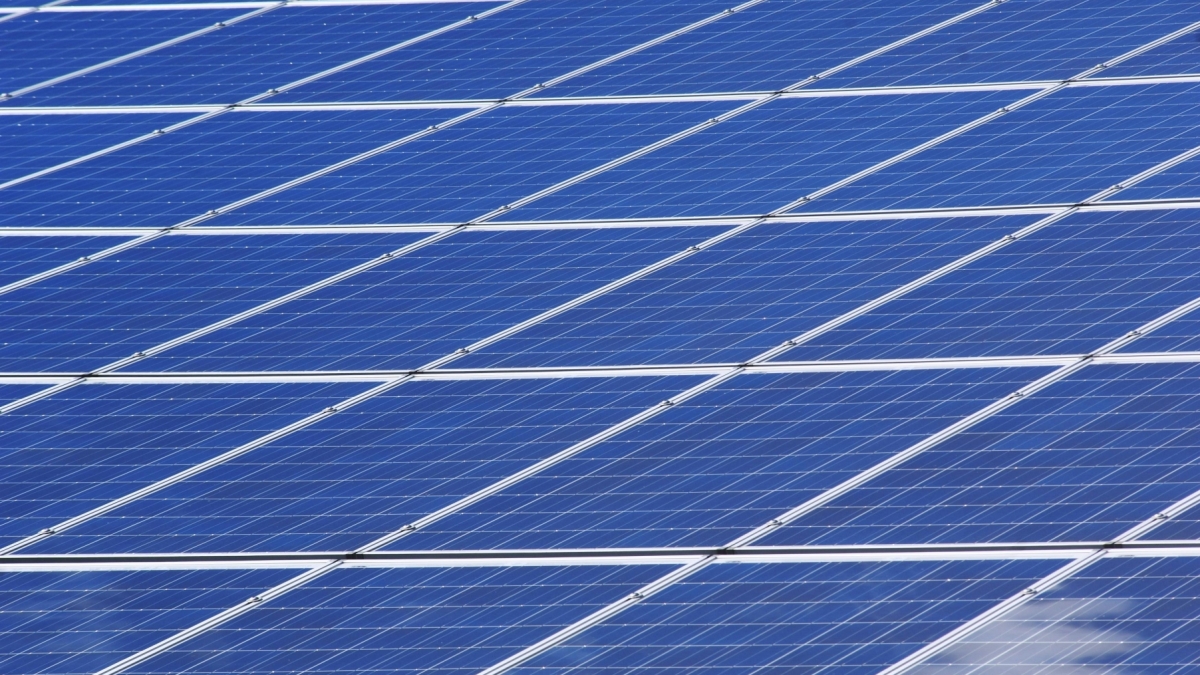 Photo by Pixabay on Pexels
Photo by Pixabay on Pexels
Installing spare solar capacity could help achieve 2030 goals early
This will also help exceed the target by 21% by the end of 2031.
Deploying around 3.8 terawatts (TW) of “spare” solar capacity could help the world achieve its 2030 goal of tripling renewable energy a year ahead of schedule, according to energy think tank Ember.
According to Ember, the world is lagging behind its target, with the projected pipeline expected to fail to meet the 11,000 GW target.
However, there is a significant gap between the potential output of the existing solar panel factories and expected solar deployment, amounting to around 3.8 TW of solar capacity that could be manufactured but will not be installed under existing plans.
This capacity will help reach the goal a year earlier and exceed the target by 21% by the end of 2030.
"The existence of so much ‘spare’ solar manufacturing capacity offers an opportunity to accelerate global decarbonisation while improving energy access in the developing world. The supply chain is clearly in good health - the issue lies in deploying what it can supply,” Richard Black, Director of Policy and Strategy at Ember, said.
“It’s one of those rare times when there’s a win for just about everyone, and not taking advantage of it would go down as a real failure of imagination,” he added.
As China dominates the solar manufacturing capacity, deploying the underutilised solar panels will offer economic and diplomatic benefits to the country.
Aside from this, the installation of the spare capacity will keep factories operational, and ensure jobs and investments.























 Advertise
Advertise







